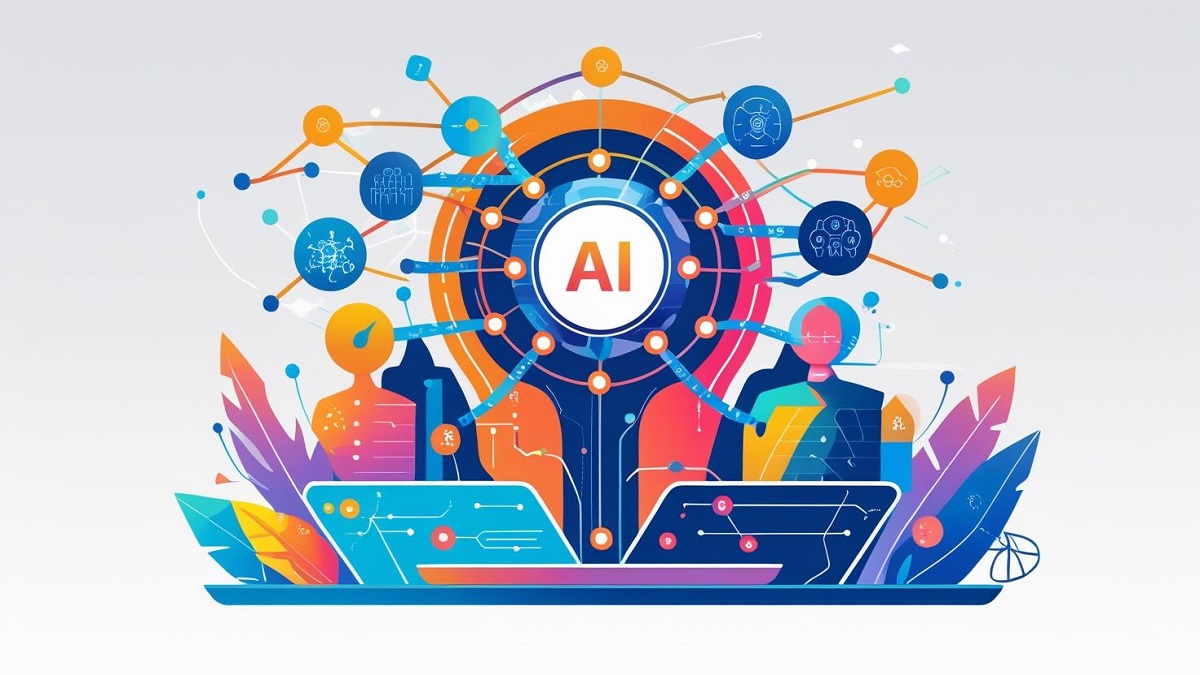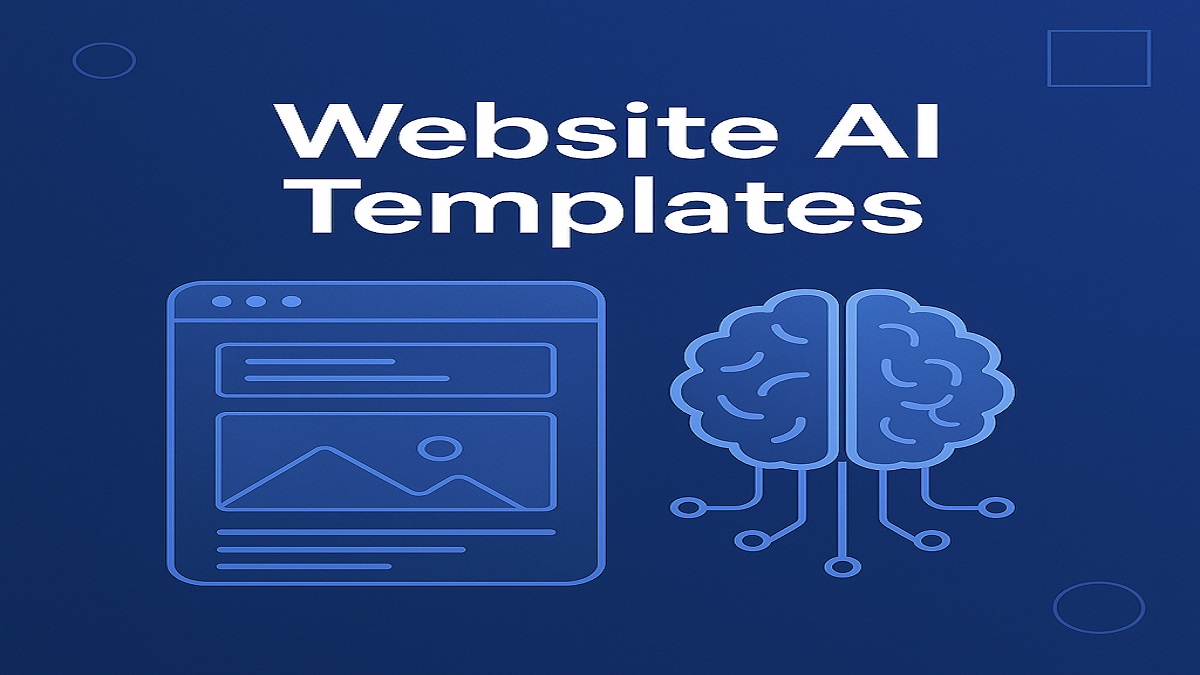
Software is at the heart of our modern world, powering the devices we use every day and enabling incredible advancements in technology. Whether it’s managing your smartphone, running your favorite apps, or driving business growth, software is everywhere.
In this guide, we’ll break down what software is, explore its types, and show how it’s shaping the future across industries.
What Is Software?
Simply put, software is a set of instructions that tells a computer or device what to do. While hardware is the physical part of a computer, software is what makes it functional. Without software, your laptop, smartphone, or tablet would just be a hunk of metal and plastic.
Types of Software
Software comes in a variety of forms, each designed for specific purposes. Let’s explore the three main categories:
1. System Software
System software acts as the backbone of your device. It manages the hardware and provides the basic functions that allow other programs to run.
- Examples: Operating systems like Windows, macOS, and Linux, as well as essential utilities like antivirus programs.
- Why It Matters: Without system software, your device wouldn’t function at all.
2. Application Software
This is the software you use daily to get things done, whether it’s for work, entertainment, or communication.
- Examples: Web browsers, word processors, video players, and mobile apps.
- Why It Matters: Application software makes technology accessible and useful for everyone.
3. Development Software
Designed for programmers, development software helps create and maintain other software programs.
- Examples: Code editors, debugging tools, and Integrated Development Environments (IDEs) like Visual Studio or Eclipse.
- Why It Matters: This software is essential for building the digital tools we rely on every day.
Why Software Is So Important
Software is more than just a tool; it’s a way to solve problems, streamline processes, and connect people. Here are some of the key benefits:
1. Efficiency and Automation
Software automates repetitive tasks, helping us work faster and with fewer mistakes. From automating invoices to running complex simulations, it saves time and boosts productivity.
2. Better Communication
Tools like email, video conferencing, and instant messaging apps make it easy to stay connected, no matter where you are in the world.
3. Innovation
Software is the driving force behind groundbreaking technologies like artificial intelligence, virtual reality, and blockchain. It’s the reason we keep pushing the boundaries of what’s possible.
How Software Is Transforming Industries
Software is reshaping industries, making processes faster, smarter, and more efficient. Let’s take a closer look:
1. Healthcare
From telemedicine platforms to health-monitoring apps, software is improving patient care and streamlining medical records.
2. Finance
Banking apps, budgeting tools, and secure payment gateways have made financial transactions easier and more secure.
3. Education
E-learning platforms and virtual classrooms have made education accessible to students around the globe, especially during the rise of remote learning.
4. Retail
From online shopping platforms to inventory management tools, software is enhancing customer experiences and simplifying operations.
The Future of Software
The software landscape is constantly evolving, and the future looks exciting:
- Artificial Intelligence (AI): AI-powered software is revolutionizing industries by automating decision-making, improving personalization, and enhancing efficiency.
- Cloud Computing: Cloud-based tools allow real-time collaboration and access from anywhere, making remote work seamless.
- Cybersecurity: As threats grow, software is getting smarter at protecting sensitive data.
- IoT Integration: Software connects everyday devices like thermostats, security cameras, and even cars, creating smarter homes and cities.
How to Choose the Right Software
With so many options, choosing the right software can feel overwhelming. Here are some tips to make the process easier:
- Know Your Needs: Understand the problem you’re trying to solve before you start shopping.
- Check Compatibility: Make sure the software works with your existing devices and systems.
- Consider Scalability: Look for solutions that can grow with your needs, especially for business use.
- Read Reviews: Learn from other users’ experiences to make an informed decision.
Final Thoughts
Software isn’t just a tool—it’s a driver of innovation and progress. Whether you’re a student, professional, or business owner, understanding software can help you harness its power to improve your life and achieve your goals.
Stay curious, keep learning, and explore the world of software—it’s shaping the future in ways we can only begin to imagine.
Subscribe to our blog for more insights into technology, trends, and tools to keep you ahead of the curve.






